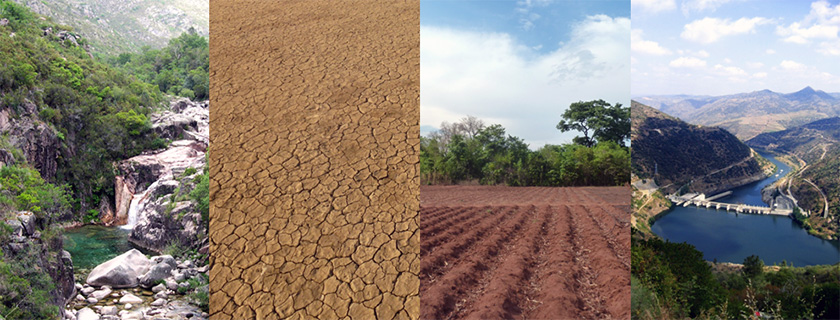FAO report highlights water shortage by 2050
Last April, the Food and Agriculture Organization of the United Nations released a report titled ‘Towards a Water and Food Secure Future’, at the VII World Water Forum, held in Daegu, South Korea, from 12 to 17 April. According to the document prepared in conjunction with the World Water Council, it is expected that water shortage in 2050 will affect two thirds of the world population, due to excessive consumption of water for food production and agriculture.
Even though there will be sufficient water to satisfy the demand for food at the global level, its distribution will remain uneven and an increasing number of regions will face growing water scarcity, which will have an ever growing impact on rural and urban livelihoods, food security and economic activities.
Much of the net growth in the global population up to 2050 will occur in the cities of developing countries, thus increasing urban demands for water and food. At the same time, in 2050 a substantial share of the global population will continue to earn their living from agriculture, which will continue to be the largest user of water globally.
Some of the critical points described in the report are not new, but are still worth mentioning: the continuous unsustainable use of water resources (particularly in areas of higher agricultural production worldwide) and the ongoing climate changes combine to display a truly worrying scenario.
The FAO and the WWC also express the need for investments in programmes to develop technologies and management practices that enhance sustainable production (both for smallholders and larger scale producers), in investigation and risk analysis, as well as in social protection policies. Further investments in water, sanitation, and health will be essential components of efforts to achieve household food and nutrition security, particularly in lower income countries.
In order to truly evolve, water institutions must communicate water scarcity conditions to users through instruments such as transparent allocation mechanisms, pricing, the assignment of water rights, entitlements and other incentive mechanisms, ensuring that proper measures are prepared in order to protect the poor and the disadvantaged. Innovations in water governance will be crucial and very much needed in many areas, partly because of the increasing competition for limited water supplies.
You can find the report here.

